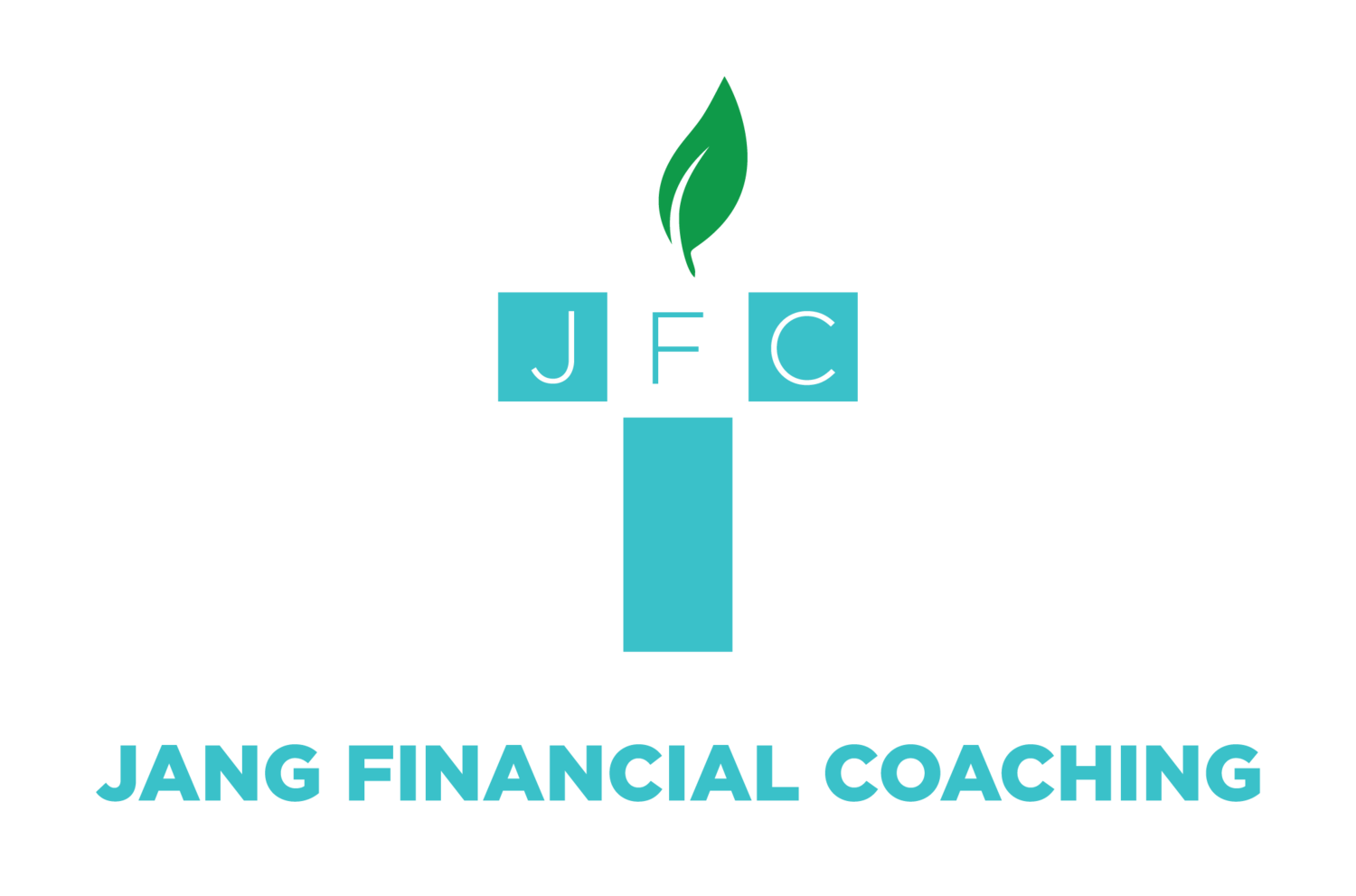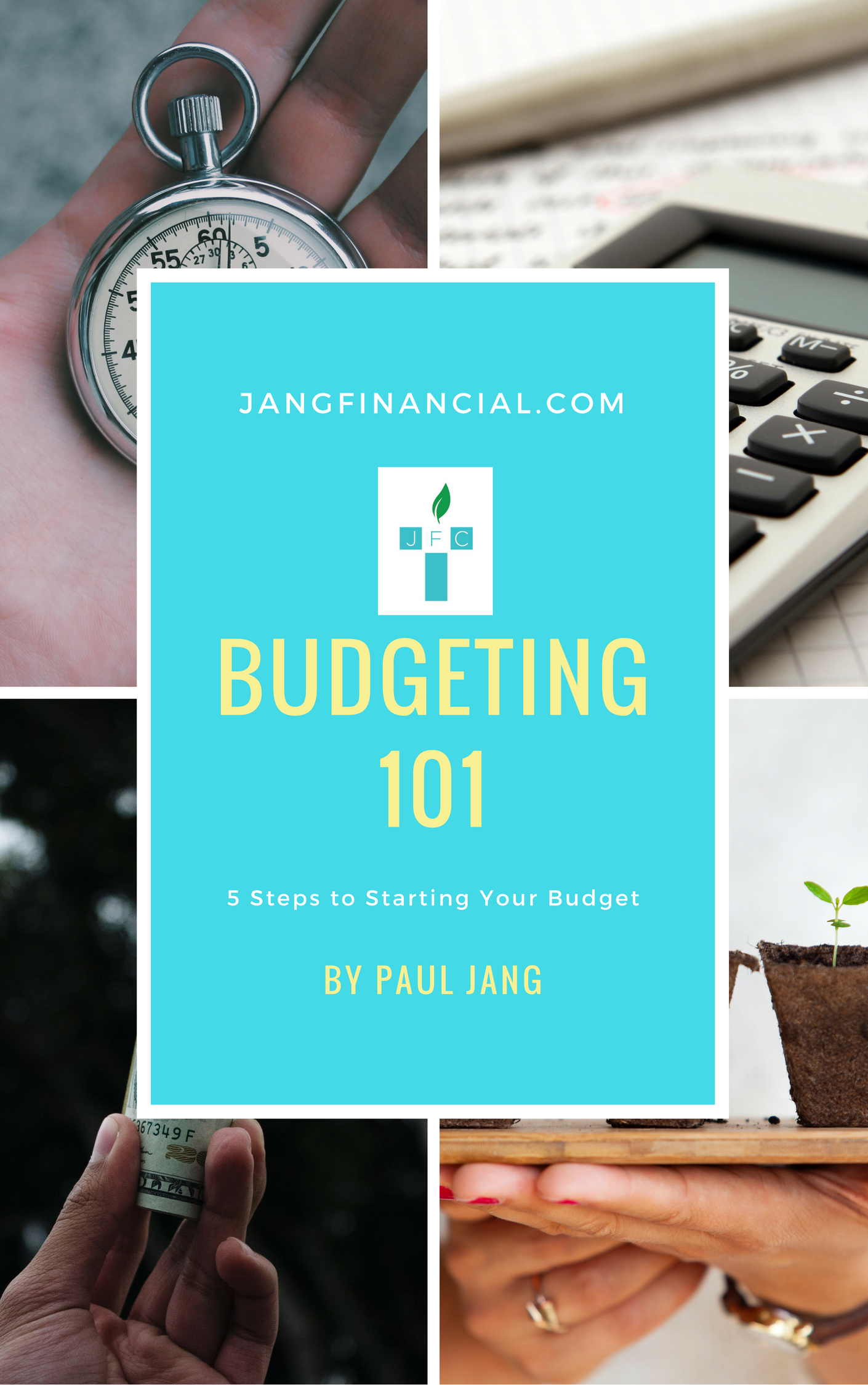A Beginner’s Guide to Saving Money on Groceries
/It’s amazing how those who are struggling financially the most sometimes don’t know what to shop and how to shop for groceries. If you had $20 to feed yourself for the next week, why would you buy a few bags of chips from the snack aisle? But that’s exactly what some people do. You should buy a large bag of rice, a bag of dried beans, and lots of eggs. While that probably won’t taste very good for an entire week, you won’t go hungry after a day or two.
This post isn’t about maximizing your money when you are really under financial duress. I guess it could be, and maybe I might write one in the future. Instead, this post is about being more intentional about your grocery shopping process from the planning phase to the shopping phase. And it really is just a beginner’s guide. If you have intermediate or advanced level suggestions for saving money, please do share. I would love to hear what’s been working for you.
A Beginner’s Guide to Saving Money on Groceries
1. Plan ahead. Before you go to your favorite grocery store, make sure you have a list of the meals you will be preparing along with the ingredients you will need. Decide which meals you will eat out and which you will prepare at home and plan accordingly. Many people I serve tell me that they get wrecked with their grocery bills but often, they are going shopping without a list, and without a plan. Many buy things they regret, don’t eat and end up wasting. Those who are too busy to prepare their meals during the work week often cook their food on the weekends, and this helps their food expenses quite a bit.
2. Think generic instead of brand name. According to a study posted by the National Bureau of Economic Research, “better-informed consumers are less likely to pay more for national brands”. If Americans switched from national brands to store brands, we could save approximately $44 billion! I’m not saying that you should buy all the store brands, but if you start to think and purchase more intentionally, you can save quite a lot throughout the year.
3. Pick a smaller cart. When you pick up a large shopping cart, do you feel the urge to fill it up? You can easily feel tempted to fill the large cart instead of leaving it empty. If your shopping list is small, why not just pick up a basket instead of a large cart? FYI. Shopping carts were invented in the late 1930s with the specific design to encourage customers to make larger purchases more easily.
4. Look at the price per ounce. Instead of just looking at the price of the items, look at the price per ounce to determine the best value when you are comparing different brands and package sizes. In order to minimize the increase in cost, many companies are keeping the price and the container size the same while reducing the content.
5. Don’t go hungry. If you are hungry, snack before you go. You have a greater chance of tossing snacks in your cart and overspending on the food you did not budget for if you go shopping hungry. Do you tend to spend more money than you want to when grocery shopping? Go after a meal or a snack.
6. Watch the bakery section. Unless it’s on your list and you plan on buying cookies or cakes, just stay away from this sweet temptation. Know yourself. You know who you are. By the way, fresh baked goods have one of the highest margins of profit and it’s no accident that they are placed near the front door in supermarkets where you can smell the aroma. Buyers beware!
7. Beware of the checkout line. Business Insider reports that “the most profitable area of the store is the checkout line. Stores bank on customers succumbing to the candy and magazine racks while they wait.” Make sure to prepare yourself because if you don’t, the store will get you. The same gum you could get in a pack of 12 for $3.99 will now cost you $1 for a single pack.
8. Buy in bulk. If you consume a lot of the same stuff on a regular basis, buying in bulk could save you time and money. Just make sure to buy in bulk the items you consume. Buying in bulk makes no sense if you waste in bulk.
9. Leave your credit card at home. If you are trying to lower your food budget, the best way to do that is by paying now instead of later. If you are spending more money than you can afford, if you are not in control of your spending when it comes to grocery shopping or shopping in general, your best plan is to come with a list and some cash. According to researchers at Carnegie Mellon, Stanford, and MIT, people spend money until it hurts. George Loewenstein, a professor of social and decision sciences at Carnegie Mellon said, “Credit cards effectively anesthetize the pain of paying. You swipe the card and it doesn’t feel like you’re giving anything up to make the purchase, unlike paying cash where you have to hand over bills.” It’s always easier to control your spending when you spend with cash instead of credit or through other virtual payments.
Maybe you are really struggling financially, living paycheck to paycheck. While you can’t adjust your fixed expenses like rent, you can control and curb your grocery bill. Work on it prayerfully as you release it unto the Lord. Just as an athlete would start a game with both defensive and offensive plans, make sure you have a plan when you enter a store. The stores for sure have their plans.
Ready to Start?
Are you ready to get started? Contact me at paul@jangfinancial.com if you want to help disciple your congregation as God-honoring stewards from a biblical perspective, or if you yourself want to grow as a steward seeking to practically manage the finances better to hear from our Lord upon his return, “Well done, good and faithful servant. You have been faithful over a little; I will set you over much. Enter into the joy of your master.” (Matthew 25:21, 23)
Paul Jang
Pastor | Personal Financial Coach to Individuals & Financial Discipleship and Generosity Specialist to Churches
*If you want to automatically receive these weekly blogs, sign up for a free budgeting e-book at www.jangfinancial.com.
**Want to check out other blog entries, check out www.jangfinancial.com/jang-financial-stewardship-blogs/
Paul Jang served as a full-time ordained pastor for close to 15 years in Bergen County, NJ. Currently, he serves as an associate pastor at the Church Gathered & Scattered and as a personal financial coach and a financial stewardship ministry consultant for churches at Jang Financial Coaching LLC (jangfinancial.com), he serves Christ-followers and churches position toward financial peace, independence, and generosity. He is a certified Ramsey Solutions Master Financial Coach, a Financial Discipleship & Generosity Specialist with Compass, finances God’s way, and a member of Christian Stewardship Network. Paul has been serving as a financial counselor for about decade and enjoys running while listening to a good audiobook on anything financial. He is happily married to Joy and committed to raising 3 future stewards in God’s Kingdom.
Facebook
Twitter
Instagram
Linkedin
Articles on Boundaries
How to Set Boundaries with People About Money
The Compliant’s Guide to Setting Boundaries with People About Money
The Avoidant’s Guide to Setting Healthy Boundaries with People About Money
How to Draw Boundaries with Nonresponsives in Personal Finances
Articles on Generosity
Confessions of a Novice in Generosity
The Beginner’s Guide to Generosity
Warning: Read This to Rethink About Generous Living
Keys to Living a Generous Life
Articles on Financial-Emotional Types:
Do You Make This Mistake in Your Personal Finances?
How the Self-Worth Spender Within Me Stole 9 Months of My Life
Why Some People Always Medicate Themselves Through Retail Therapy
Confessions of a Recovering Security Seeker
What Is Your Financial Emotional Elephant Type?
Articles on Budgeting and Debt-Elimination
A Steward’s Guide to Starting a Budget
A Steward’s Guide to Starting a Budget Part 2: Tracking Expenses by Category
A Steward’s Guide to Starting a Budget Part 3: Fixed, Variable and Lifestyle Choices
Secrets of Knocking Out Your Debts



